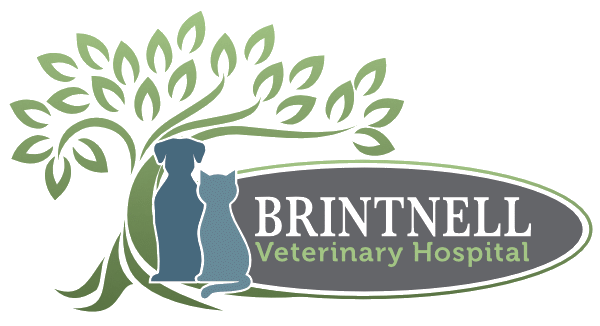Library
-
Controlled, regular physical exercise is one of the core treatments of canine osteoarthritis, along with weight control, physical rehabilitation, and pain management. Exercise increases circulation to the muscles and joints, decreases stiffness in the joint capsule and soft tissues, reduces pain, maintains strength, and benefits the cardiovascular system. Left untreated, the chronic pain of arthritis causes a continually worsening cycle of less movement, weight gain, muscle loss, decreased strength, and loss of cardiovascular fitness.
-
Acupuncture is one aspect of Traditional Chinese Veterinary Medicine (TCVM) that focuses on restoring the energy balance in the body to promote healing. The technique requires the insertion of fine needles into the dog's body at specified points, called acupuncture points, where nerves and blood vessels converge. It is often used to treat dogs with arthritis and joint inflammation and may reduce the amount of medication a dog needs for these conditions. This handout explains how the treatment works and what to expect when your pet sees a veterinary acupuncturist.
-
Veterinary rehabilitation uses physical therapies to improve a pet's mobility and reduce pain. Many acute and chronic conditions affecting movement can benefit from rehabilitation. Rehabilitation therapy can cause significant harm to a patient if done by someone with inappropriate education and training, or incomplete knowledge of a pet's full medical history. Speak to your veterinary healthcare team to help you evaluate the suitability of specific therapy for your pet.
-
Proprioception is the ability to know where your body is in space. This is what helps reduce falls and injury. Proprioception may be lost suddenly through spinal cord trauma, or it may be reduced with age, joint disease (osteoarthritis), or other orthopedic or neurologic disease. Some specific controlled exercises that can improve proprioception are discussed. Any exercise plan needs to be formulated by a veterinary rehabilitation therapist to avoid injury.
-
Frunevetmab is a formulation of feline anti-nerve growth factor antibodies used to control osteoarthritis pain in cats. This medication is given by an injection under the skin, usually at the veterinary clinic. Side effects may include vomiting, diarrhea, appetite loss, itching, scabbing and hair loss on the head and neck, and pain at the injection site. Call your veterinary office immediately if you suspect an overdose or an adverse reaction to the medication.
-
Extracorporeal shockwave Therapy (ESWT) is a treatment that uses high energy sound waves to exert changes in the target tissues. In specific situations it can decrease pain and increase healing. Conditions that can be treated, types of shockwave therapy, contraindications and adverse effects are discussed.
-
Biological response modifiers (BRMs) are naturally occurring substances that are used to treat diseases, infections, or chronic itchiness or pain, by affecting the immune system and how it works. They are mostly used to treat some cancers, immune-mediated diseases, and infections. Most BRMs are administered in the hospital under veterinary supervision. Side effects vary but may include fever, stomach upset, tiredness, or allergic reactions.
-
This handout discusses arthroscopy, the insertion of a telescope-like camera into a joint. The joints commonly examined and treated using this technique, along with the benefits and risks of this procedure, are outlined.
-
This handout outlines the use of disease-modifying osteoarthritis drugs (DMOADs) in dogs, specifically the use of polysulfated glycosaminoglycans (PSGAGs). The rationale for their use, and their dosing regimen are explained.
-
This handout outlines the use of disease-modifying osteoarthritis drugs (DMOADs) in cats, specifically the use of polysulfated glycosaminoglycans (PSGAGs). The rationale for their use, potential side effects, and treatment expectations are explained.

